The key to the clean appearance is that these displays use a series of dots, not the straight bars of diffuser that todays 7 segment display use. These are really 13 segment or 14 with a decimal place. There are 20 LEDs in a 4x7 array with the middle dots missing (except the center row). Being able to control the corner LEDs separately from the 2 LEDs in the center of each "segment" gives a much better looking digit. An "A" looks quite different from a "0" or a "8".
Looking in the data sheet, the dot size and spacing looked amenable to building my own displays with 0402 LEDs. I used the dimensions and slope that the original HP displays used for placing the LEDs. I had to calculate the actual center points for the LEDs with a spread sheet before I placed them in my PCB package.
I first thought about using a couple of shift registers on the back side of the PCB to make up a giant SPI chain for a multi-character display. The problem with this is that it would require 2 octal shift registers and current limit resistors per digit, and there was barely room for a single TSSOP20 package on the back of the board. In the end, I punted it and just put 0.1" header pins in and will decode and drive them externally.
After assembling one of these beasties, the $10 for the real HP part does not seem like such a bad deal.
Work has gotten really crazy on me, so I have not had time to build a driver up to see how it looks fully operating. Progress from here is going to be slow. Manually powering a few LEDs at a time looks very good.
For the future, I have been thinking about building boards with 4 of these digits and a little MCU on the back. The first board was built by manually placing dots of solder paste with a dispenser. Building a 4 digit version of these boards will go a lot faster using a solder stencil. the next revision will have the silkscreen on the LEDs turned off too :)
 Bharbour
Bharbour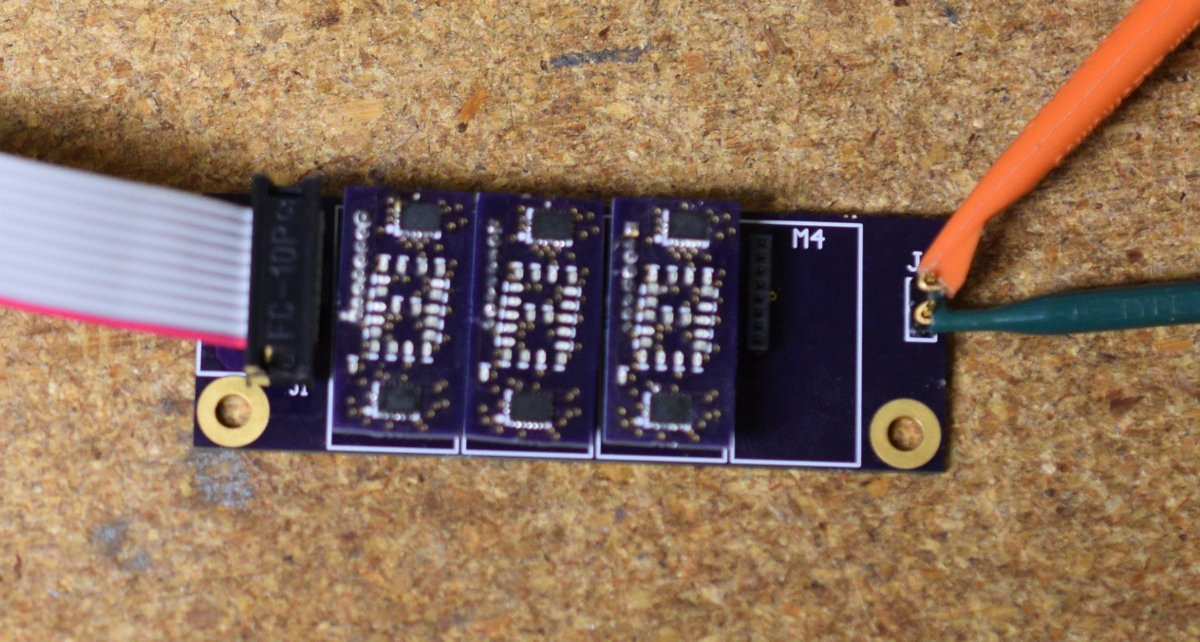
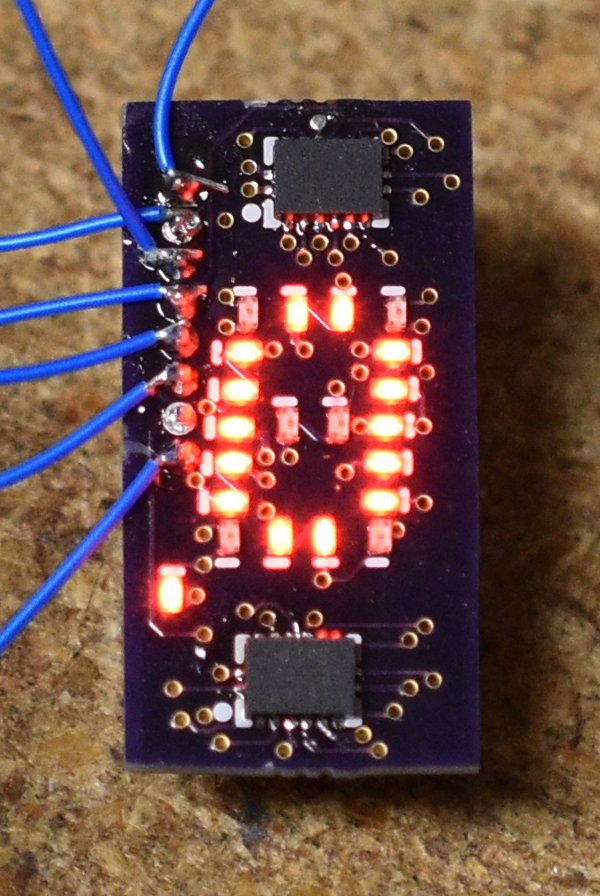
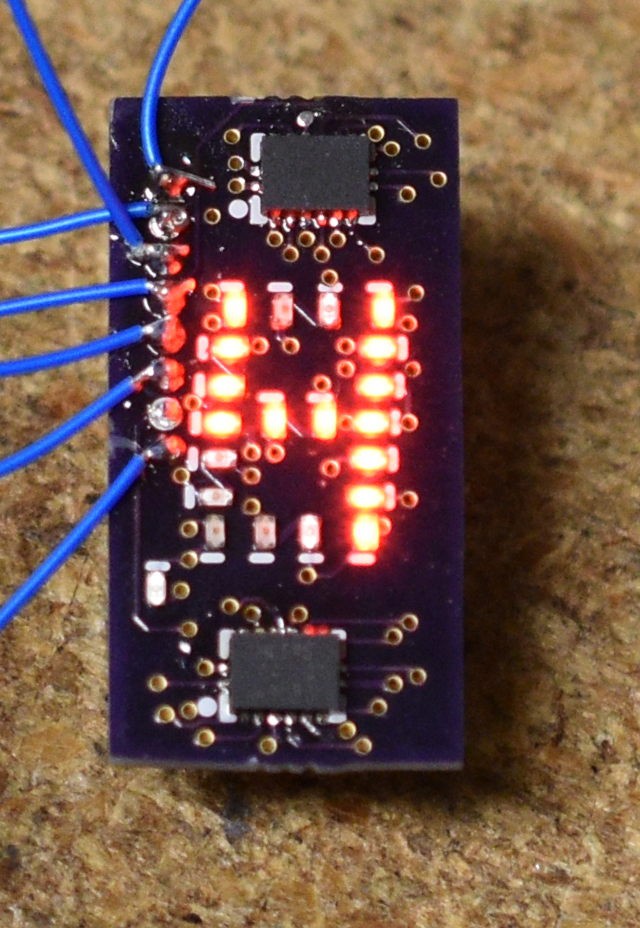
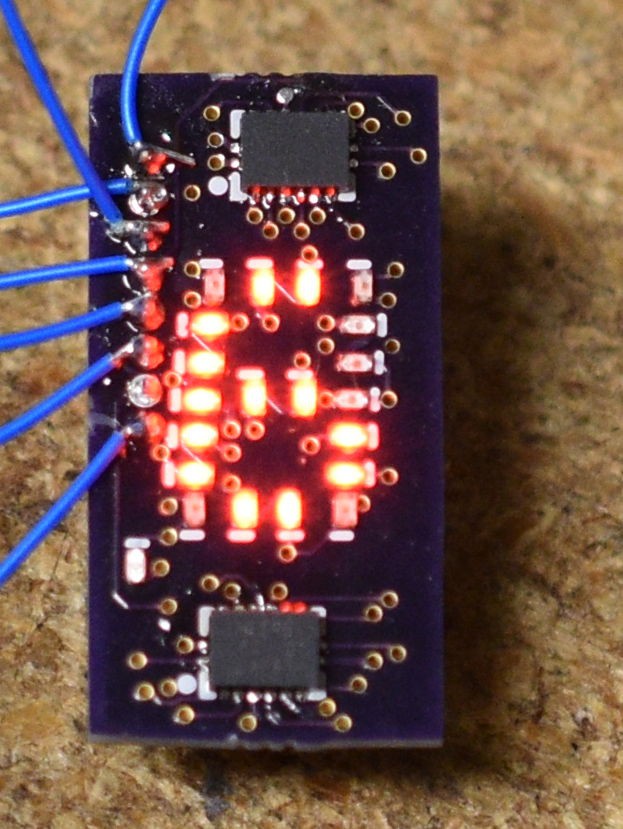
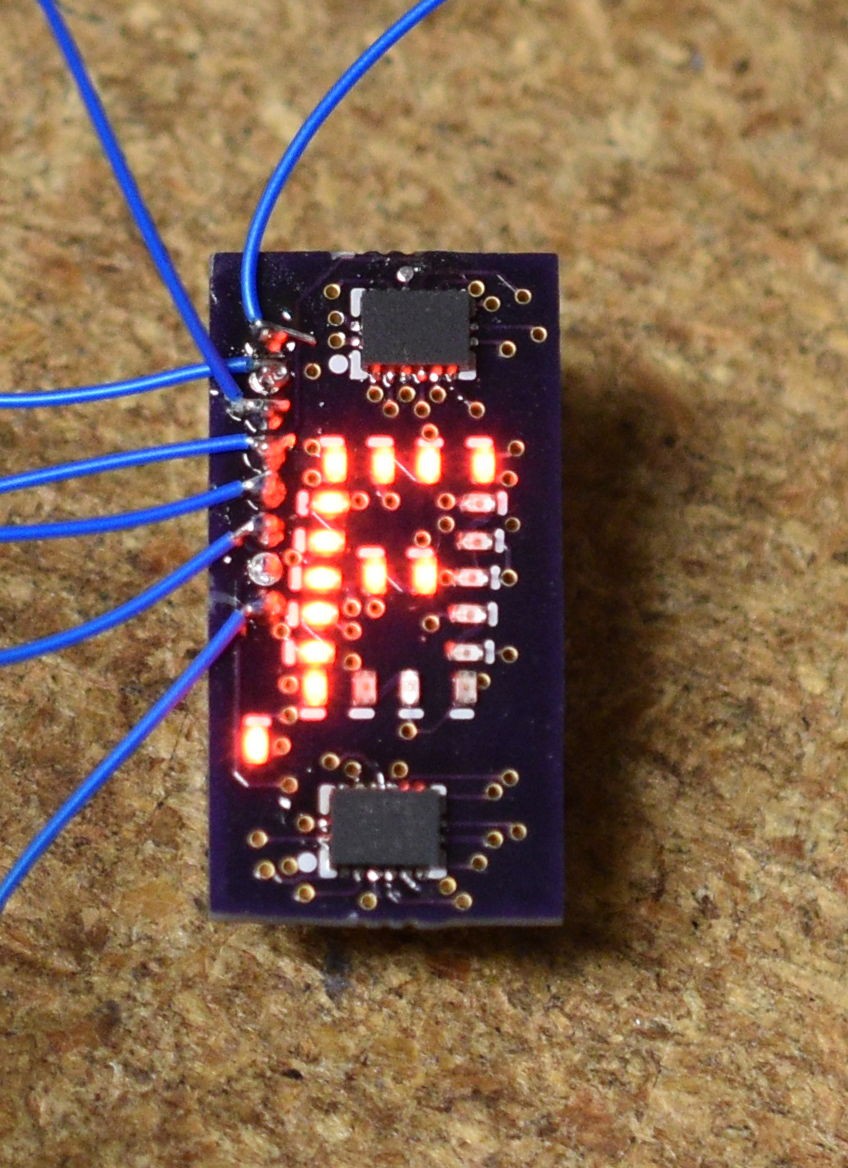
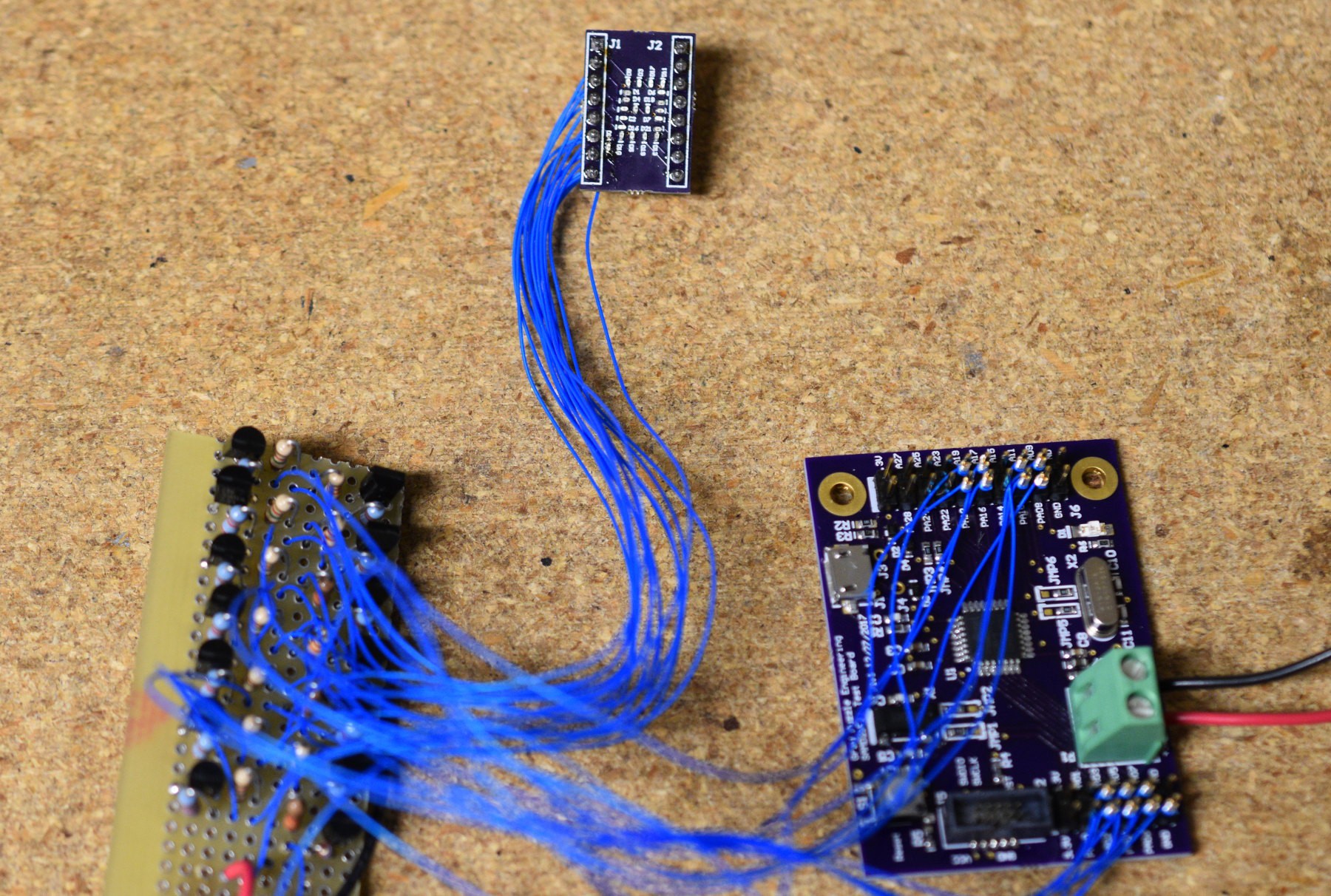
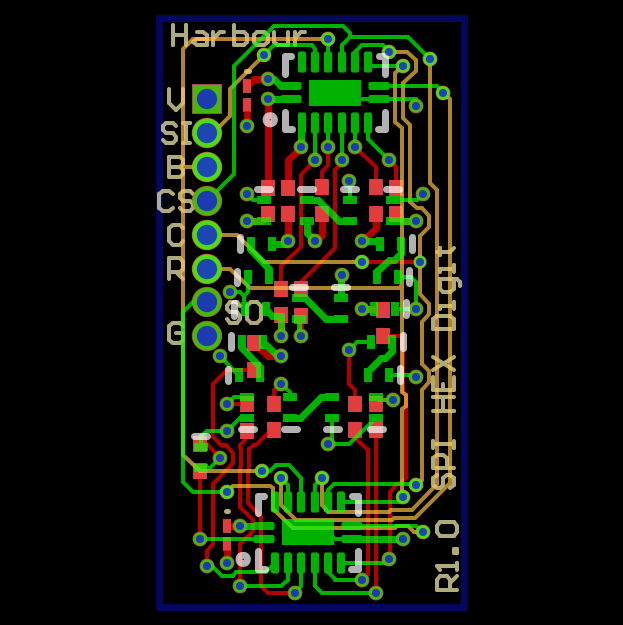

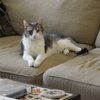


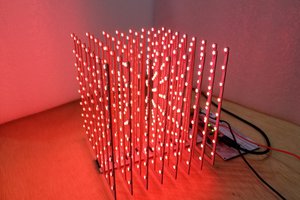
 burkethos
burkethos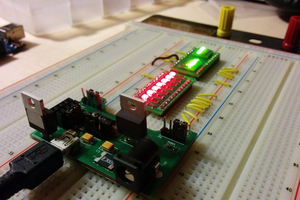
 technolomaniac
technolomaniac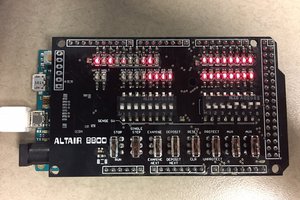
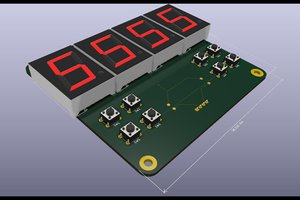
 Ken Yap
Ken Yap
It looks nice!
But I'm not sure why additional LED current limiting resistors are needed. From what I know, the 75HC595 has built-in 5mA per channel current limiting, and I am certain you could find a similar version with 16 instead of 8 outputs, in SMD format.
In any case, it's nice to see proper LED displays are still appreciated :D